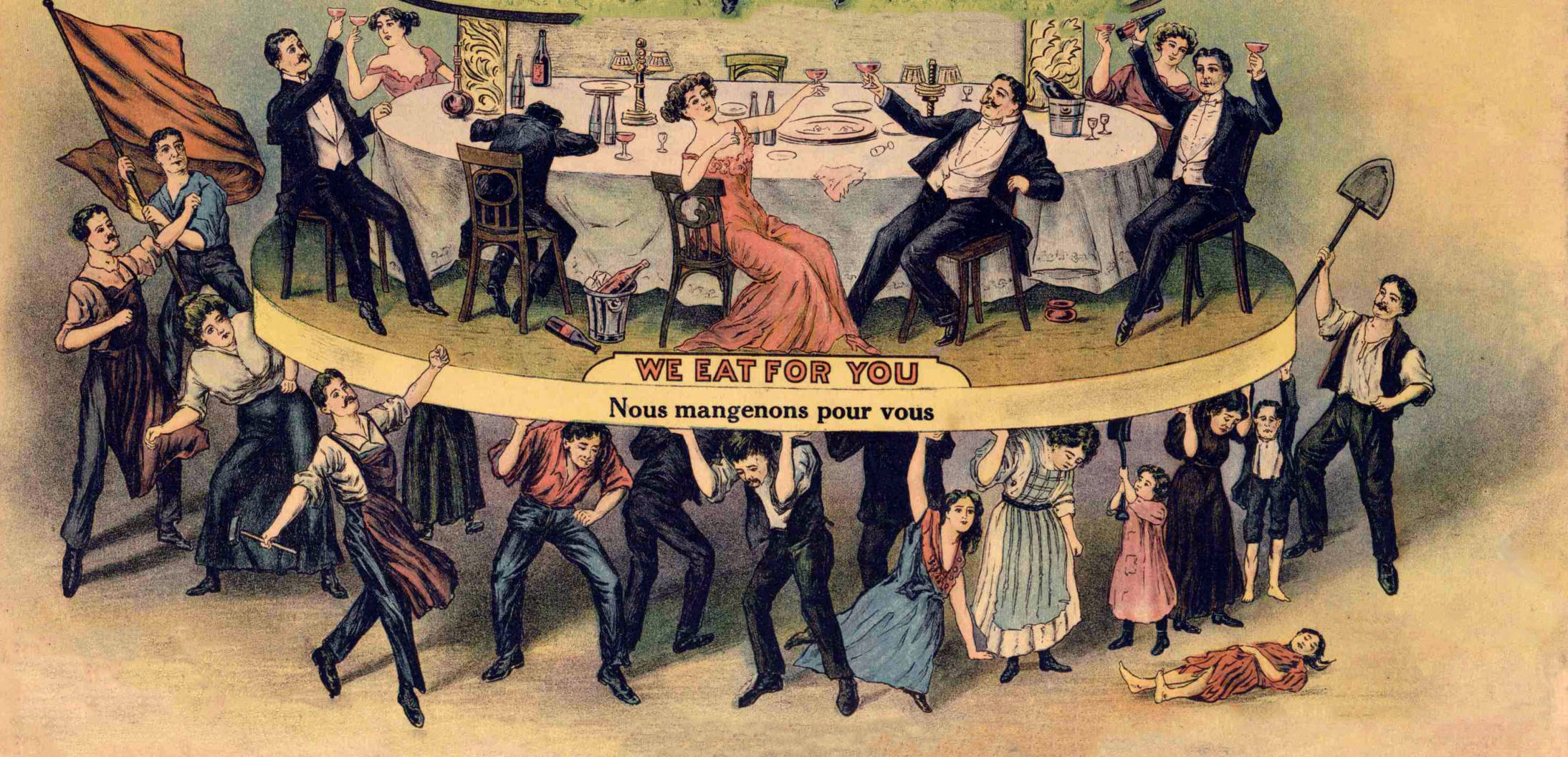
In this exhibition Daniel G. Andújar (Almoradí, 1966) investigates those utopias that, from the field of art, aspired to construct an aesthetics of the working class, what assaults were made on the revolutionary impetus by the normalising power, and what overflows and struggles remain pending to be traversed.
Organized in cooperation with the Centre del Carme in Valencia and the Museo Nacional Centro de Arte Reina Sofía in Madrid, this exhibition presents a set of forty projects carried out by Daniel G. Andújar (Almoradí, 1966) from 1990 to the present, fourteen of them specifically created for La Virreina Centre de la Imatge.
There are far more similarities between the 1920s and the 2020s than would be suggested by their position in the centuries. Amid economic crises, systemic exhaustion, widening class differences, social marginalization and uncontrollable totalitarianism, history seems to be repeating itself. And it is doing so not, as Marx proclaimed, first as a tragedy and then as a farce, but rather as a loop hitting the most fragile areas of the public sphere.
In this panorama, in the field of art we must reconsider the role played by artists, the uses that we can give to their proposals and the historical contributions that we should rescue for the reinvention of popular imaginaries.
From the Soviet Proletkult to the American trade union Industrial Workers of the World, from The Communist Manifesto to a hypothetical People’s Museum made up of reproductions of masterpieces, The Third Estate investigates utopias that aspired to build a working-class aesthetic. It also explores the assaults on the revolutionary drive by the authorities and the struggles between ideological grammars that left the testimony of a melting pot overflowing with bold initiatives that remained unrealized.Curator: Valentín Roma
Palau de la Virreina. La Rambla, 99. 08002 Barcelona
https://ajuntament.barcelona.cat/
Image: La Virreina, Centre de la Imatge.
